


Saint-Émilion & Saint-Émilion Grand Cru
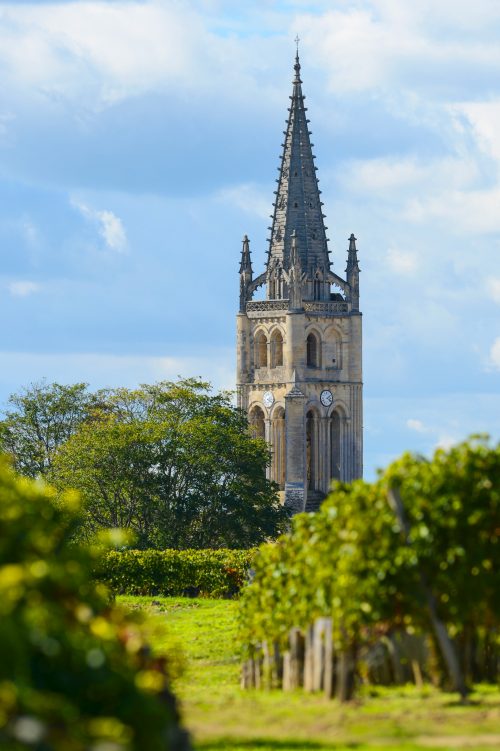
Saint-Émilion and Saint-Émilion Grand Cru appellations are geographically interwined
The appellation areas include the territories of a dream-like list of nine villages or towns. The first is Saint-Émilion, which has been the epicentre of the winegrowing area since the monks arrived in the 8th century. The villages of Saint-Christophe-des-Bardes,Saint-Etienne-de-Lisse, Saint-Hippolyte, Saint-Laurent-des-Combes, Saint-Pey-d’Armens, Saint-Sulpice-de-Faleyrens and Vignonet complete the picture with parts of the town of Libourne.
1 SAME TERROIR,
2 APPELLATIONS,
SO MANY MOMENTS TO SHARE

Saint-Émilion is a fortified historical village that is listed as a UNESCO World Heritage Site, but it also has two wine AOCs that are renowned worldwide: Saint-Émilion and Saint-Émilion Grand Cru. The latter appellation also allows the following titles: “Grand Cru classé” and “Premier Grand Cru classé”. The two appellations are geographically intertwined and benefit from an amazing diversity of soil and sub-soil types. They produce a wide variety of wines that can be supple, big, elegant, fruity or mineral. While the two appellation areas are hard to distinguish geographically, only the best wines are entitled to the Grand Cru appellation. They all uphold Saint-Émilion’s values of being genuine, genial and of great quality.



Find the Saint-Émilion and Saint-Émilion Grand Cru chateaux on the website of the Saint-Émilion Maison du Vin
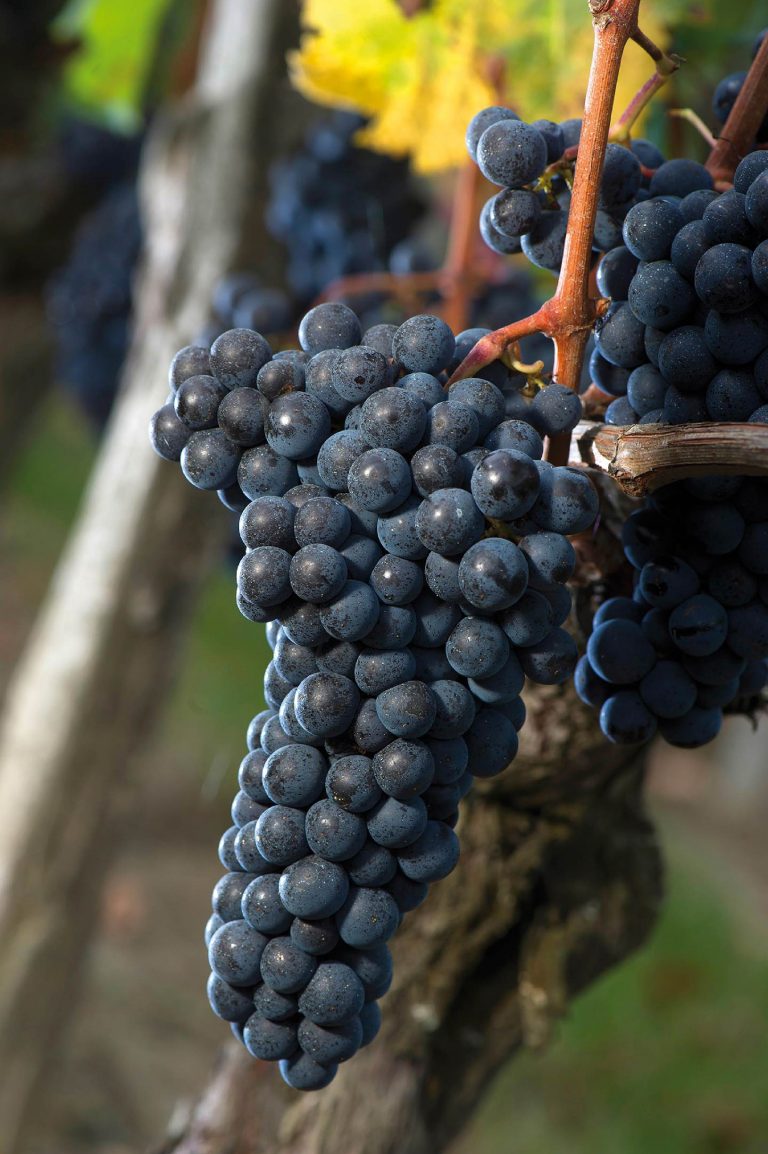

One distinctive feature of Saint-Émilion wines is that they are produced by blending several grape varieties together. The great diversity that exists in Saint-Émilion wines is due to the skilful blending together of different grape varieties.
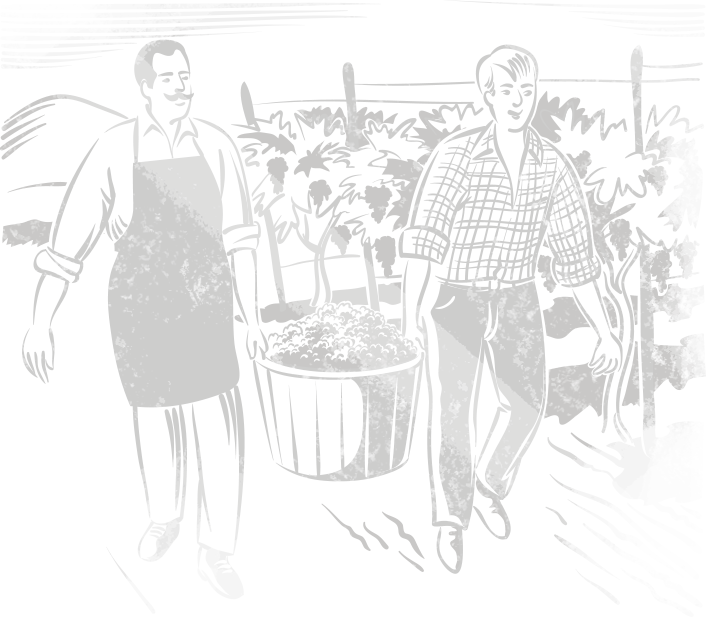
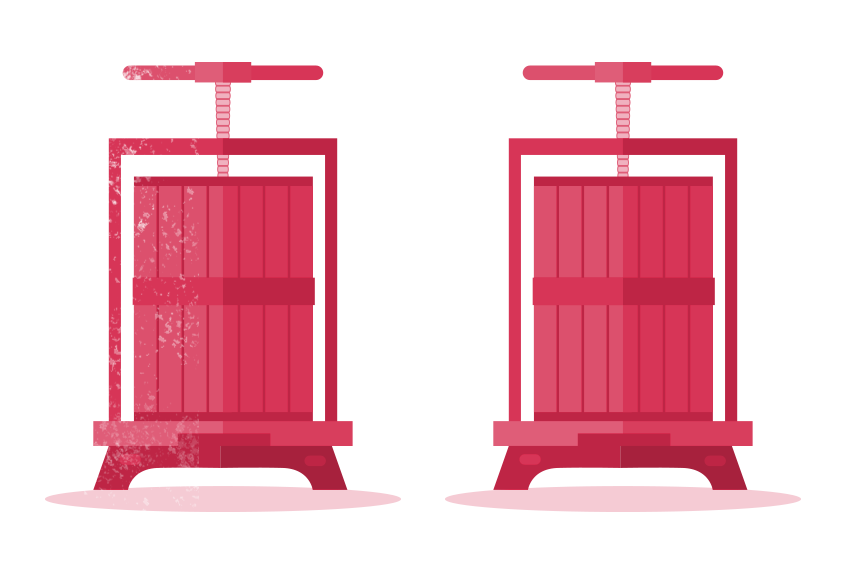


°C

Learn about the Puisseguin Saint-Émilion appellation